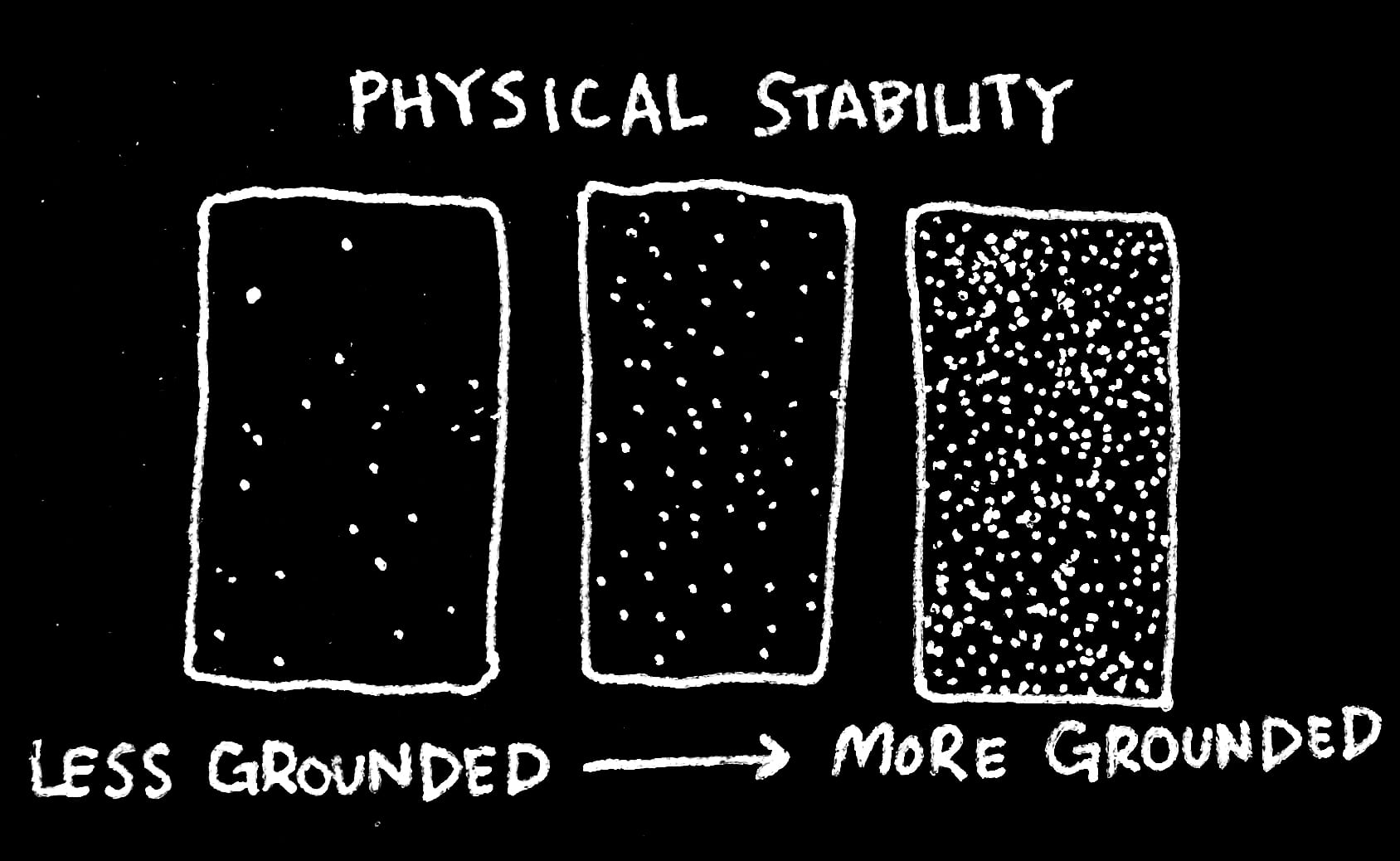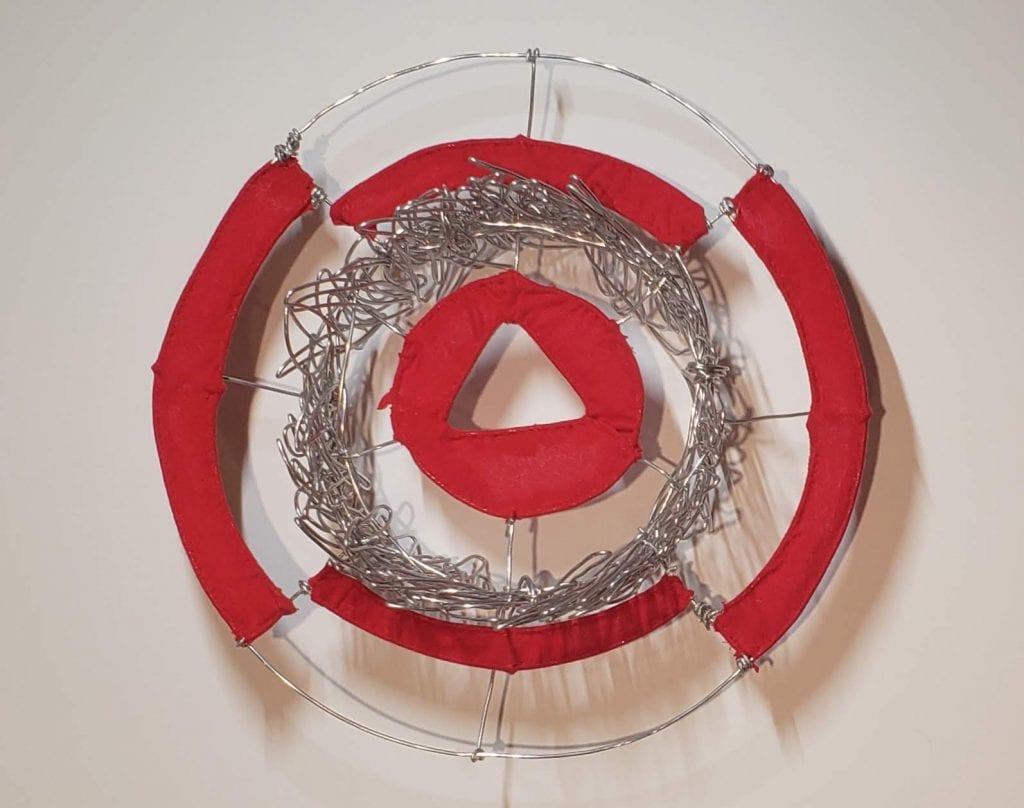In this abecedarian, I chose to focus on a myriad of different obsessions, ranging from very mundane and tangible (such as high-fives) to more serious (like isolation). The comments I received during critique affirmed certain parts of my work, such as whether or not the images I used to represent each obsession were successful. For the most part I got positive feedback, but looking back I wish I had asked why certain images worked, or if any were unclear.
If I had another week to work on this, I probably would have picked my materials with more intentionality– one of the questions I got was why I chose the colors I did, and the answer was simply “Those were the colors I owned.” Furthermore, I would have spent more time choosing certain obsessions, because I only really had one day to mull over what I think I’m obsessed with. Being able to make a list and then look at it again over a day or two would have allowed me to pick themes with more certainty. Additionally I would have considered my format more closely. I chose to make a book because I like the way it looks, but the finished product wasn’t more designed than that. In other words, the book feels like a means of presenting the image, rather than an integral piece of the artwork itself– the work could exist in a grid. If I had more time I could have designed a better cover, considered page format, or try to push the possibilites granted by this medium.
Hee Eun’s piece really stood out to me– I was surprised that someone would choose to design a website, and the way that they presented their work felt very intentional (the design of the website perfectly captured the aesthetic of childhood– highly saturated, bright colors– and I really enjoyed the audio that they added). The juxtaposition of color and sound with their more serious obsessions was really successful and ironic.
I also enjoyed Laura’s cats– I thought that presenting obsessions in this way was very interesting and completely different than what I expected. The format was visually appealing, despite its lack of alphabetical order, and to design entire characters around personal obsessions was a unique and refreshing take– pushing the limits of the project’s requirements.
The obsessions I’m most curious about in my work are those tied to memory, procrastination and isolation. These themes came up in various obsessions that I listed (embers, memories, yesterday– baking, giving up, video games– nighttime, the ocean, quiet) and they seem like themes that are always dancing around my subconscious, and it was intriguing to see that of 26 “different” obsessions, most fall under one of those three categories.






















